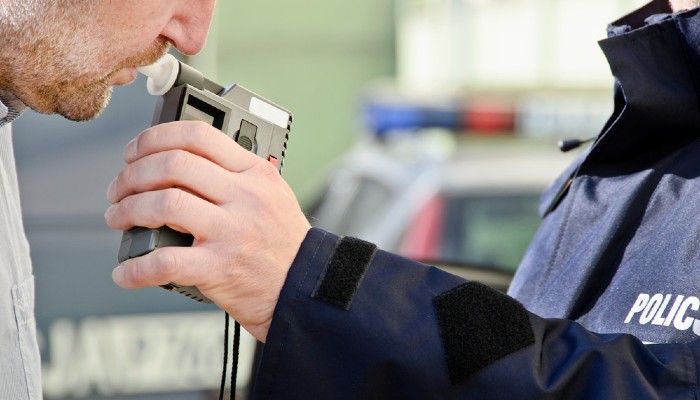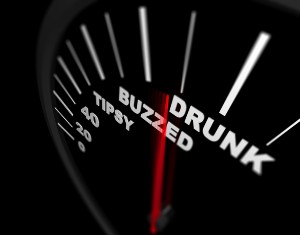
In 2022, 13,524 people died in alcohol-impaired driving traffic deaths – that’s one person every 39 minutes. Your level of impairment is measured by what is referred to as blood alcohol content, or BAC. Alcohol impairs thinking, reasoning, and muscle coordination, all abilities needed to operate a vehicle safely. This FAQ covers, in general, some frequently asked questions.
If you have been seriously injured in a car accident where the other driver was under the influence, contact the law office of Nash & Franciskato for a free, no-obligation review of your case.
What is a BAC?
Blood alcohol content, or BAC, is a measurement of the percentage of alcohol that’s in your bloodstream after you’ve been drinking. As your BAC increases, so does the level of alcohol-related impairment you will experience.
Does the type of alcohol (i.e., beer vs. wine) impact the BAC?
 No. A drink is a drink whether it is beer, wine, or hard liquor.
No. A drink is a drink whether it is beer, wine, or hard liquor.
One Standard Drink
More Than One Standard Drink
What factors can affect the BAC?
How fast a BAC rises can vary based on a host of factors.
Questions? Call us at (877) 284-6600.
Alcohol steadily decreases your ability to drive a motor vehicle safely. Even a small amount of alcohol can affect the brain and your ability to drive; however, signs of impairment will present differently for each person.
At just a .02 BAC level, there is some loss of judgment, a decline in visual functions, and a decline in the ability to perform two tasks at the same time.
At 0.0%, there is no alcohol in your blood, you are sober.
At a .05 BAC level, it gets harder to focus your eyes, judgment is impaired, and you have a lowered alertness level. What this means when you are behind the wheel:
 At a .08 BAC level — when you are considered legally intoxicated — muscle coordination is impacted, which includes speech, vision, reaction time, and hearing; and judgment, reasoning, and memory are also impaired. When behind the wheel, this means:
At a .08 BAC level — when you are considered legally intoxicated — muscle coordination is impacted, which includes speech, vision, reaction time, and hearing; and judgment, reasoning, and memory are also impaired. When behind the wheel, this means:
How can someone stay safe when they plan to have a few drinks?
The best advice is to plan for someone else to drive, not you. Never drive after you have been drinking.
Have you been seriously injured in a motor vehicle accident in which you suffered serious injuries due to the other driver being under the influence and legally drunk? Call Nash & Franciskato at (877) 284-6600. We have a successful track record of helping accident victims collect the compensation they deserve.
One of our experienced staff will speak with you personally and provide you with a free, no-obligation review of your case.
START YOUR FREE CASE EVALUATION
Would you like to receive news and blog updates regularly? Sign up to receive our email newsletter. Your email address will only be used to send you our newsletter and respond to inquiries.
Past results afford no guarantee of future results, and each case is different and is judged on its own merits. The choice of a lawyer is an important decision and should not be based solely on advertisements.
Editor’s Note: This post was originally published December 5, 2022. It was reviewed on December 19, 2023, and July 17, 2024, and updated for content and accuracy.